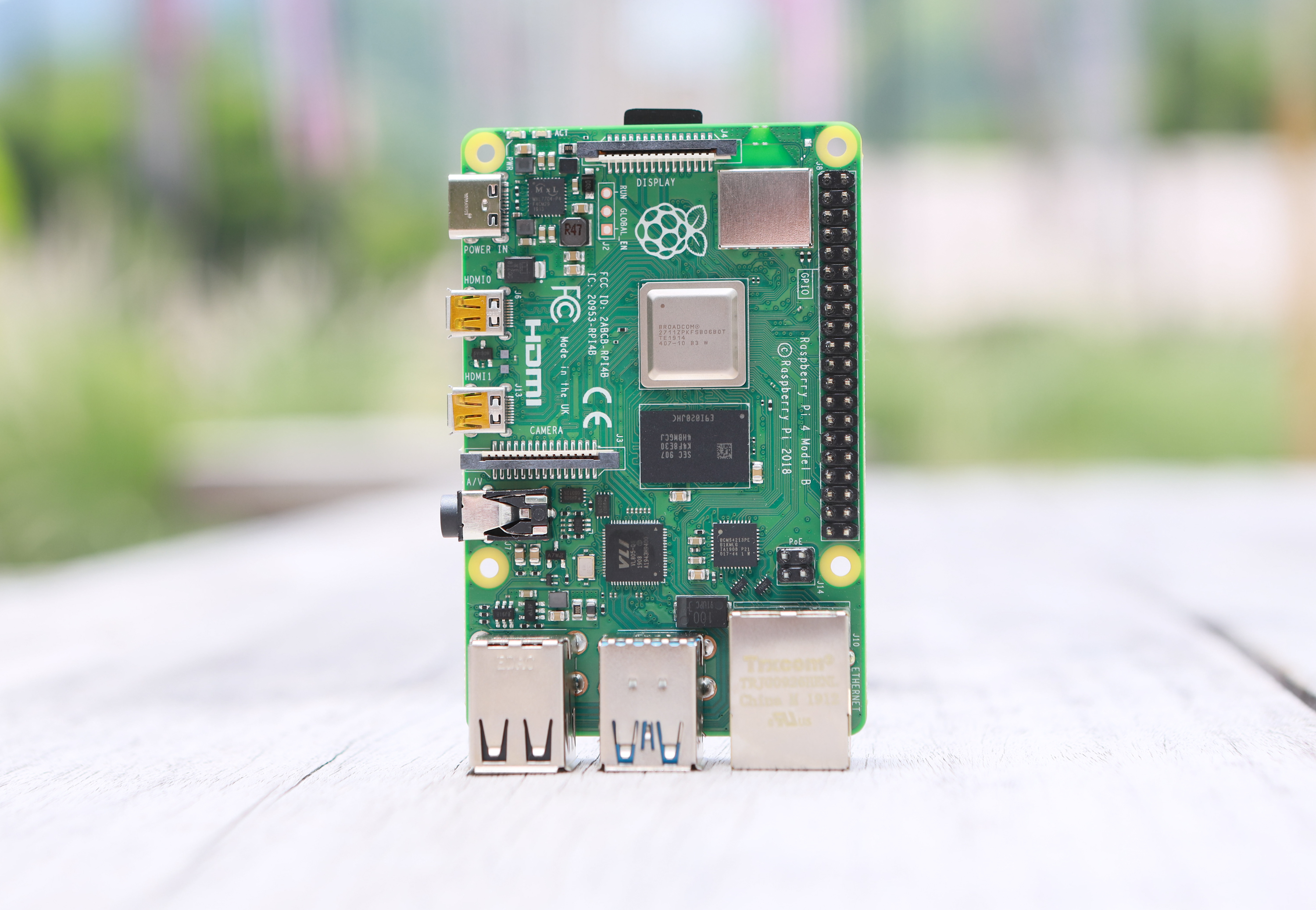Raspberry Pi 4 Wi-Fi Problems? Here's the Workaround

Over the past week, multiple users reported an issue with Wi-Fi on the Raspberry Pi 4. When using an HDMI cable with the Pi 4 at QHD resolution, Wi-Fi reportedly drops. Now, the Raspberry Pi Foundation is offering a temporary solution.
The issue is detailed in a blog post from software engineer Enrico Zini. He reproduced the issue while working at 2560 x 1440 resolution on multiple Raspberry Pi 4s and with different HDMI cables.
An electronics and software engineer, Mike Walters, on Twitter investigated the issue further. Using a HackRF, he discovered an RF noise emitting from the Pi when it's set to use QHD resolution. The RF frequency is in the same range as Wi-Fi channel 1—causing the Pi 4 to jam its own Wi-Fi.
We reached out to the Raspberry Pi Foundation for comment. The company is aware of the reports and has reproduced the issue.
"We'll look to address the issue with firmware updates starting next week. In the meantime, anyone who wants to use the 2650 x 1440 resolution and who is experiencing this issue should adjust their router to use the 2.4 GHz channel 4 or above or the 5 GHz band," a spokersperson told Tom's Hardware.
Until an official resolution makes its way to the Pi 4, Raspberry Pi users are encouraged to use this workaround.
Get Tom's Hardware's best news and in-depth reviews, straight to your inbox.

Ash Hill is a contributing writer for Tom's Hardware with a wealth of experience in the hobby electronics, 3D printing and PCs. She manages the Pi projects of the month and much of our daily Raspberry Pi reporting while also finding the best coupons and deals on all tech.
-
CooliPi Look at the microstrip lines of HDMI LVDS outputs. Two ways are possible for EMI to reach antenna - by air (outside of a PCB) or via power planes and power circuitry.Reply
If some geeks measured emanating emissions, it seems more likely to be the former. In that case, it should be easier to fix it - just stick a paper with an aluminium foil on the top of these links. My favourite chocolate might help ;-).
Be aware that aluminium is conductive, don't destroy your Pi by shorting it. The best shielding effect is archieved if the edges are connected to earth shielding. On one side, it may be WiFi cage, on the other shields of HDMI connectors and on the third side perhaps the lid of a BCM chip itself. So a sandwich made of a thick paper (about 0.5mm) with an aluminium foil on top of it sticked to the PCB, touching on edges to RPI's grounding might help better than a software solution.
Software solution - downclock pixel rate a bit and shorten timing of blanking interval to keep the same framerate. For X server, it'd mean to create a new section, possibly dumped from a working configuration and slightly modded.
Or if you have a sticky metal tape (and I mean metal, not metal-like looking) - just stick it over HDMI differential pairs from the corner of a BCM chip to the HDMI ports.
With regard to CooliPi 4B heatsink - it may need an EMI gasket between the WiFi cage and a heatsink itself. Because it's so close to the Pi, it may already act as a shielding, albeit not with perfect attenuation. I've ordered some and will post results. Spectral analysers are available. Only to find some time :-( -
LedHed Just a heads up, using a 5Ghz band does not fix this and the problem still exist over 3 years later...Reply